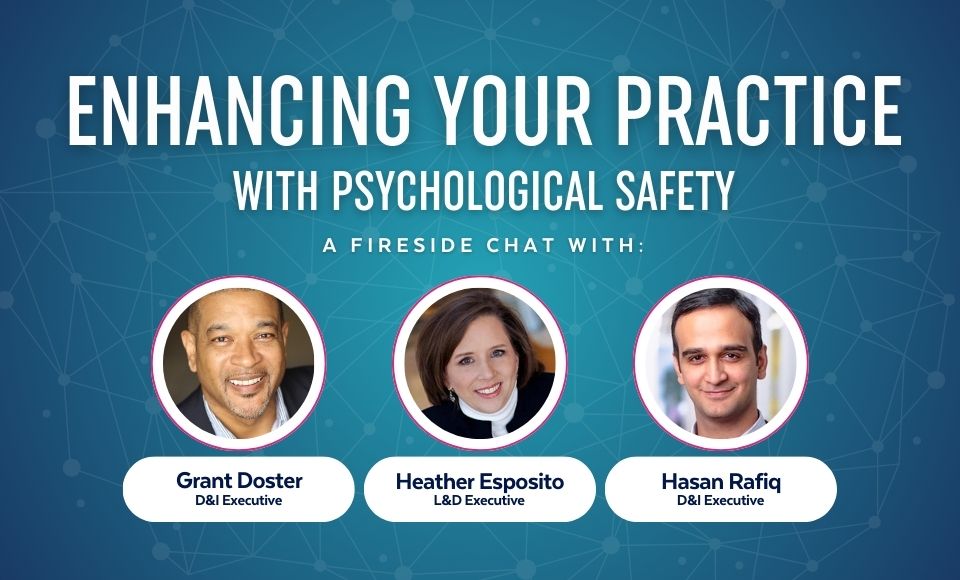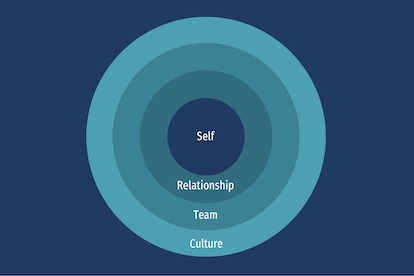Leading uncertainty and change is now a critical leadership skill in today’s world. With ongoing economic shifts, technological disruption, and growing social complexity, uncertainty has become the new normal—impacting employee well-being, engagement, and performance.
As an HR leader, People & Culture professional, or team manager, how can you foster psychological safety and build resilient, high-performing teams during times of uncertainty and change?
Watch this insightful webinar replay featuring expert voices in neuroscience, leadership, and organizational change. Together, they explore the science and strategies behind leading uncertainty and change with clarity and confidence.
🔍 In this session, you’ll learn:
✔ The neuroscience of emotional regulation and threat response in uncertain environments
✔ How to build a psychologically safe workplace where employees can thrive
✔ Practical, brain-based strategies to lead teams through uncertainty and change
✔ An introduction to PS Pulse™—a powerful diagnostic tool that tracks psychological safety at the team level
Meet the Presenters
Dr. Dan Radecki
Co-founder and Chief Scientific Officer at the Academy of Brain-based Leadership (ABL), Dr. Radecki is a globally recognized neuroscientist and corporate leader. With experience teaching leaders in over 40 countries, he is the co-author of Psychological Safety – The Key to Happy, High-Performing People and Teams. Dan’s work has been featured in the Harvard Business Review, TEDx, and academic journals, and he’s a pioneer in applying neuroscience to leadership, team dynamics, and organizational success.
Leonie Hull
As Co-founder and CEO of ABL, Leonie brings over 20 years of experience in values-based leadership and cultural transformation. She co-authored Psychological Safety: The Key to Happy, High-Performing People and Teams and is a driving force behind ABL’s learning pathways and accreditation programs. Her mission: to create psychologically safe environments where performance, well-being, and human connection thrive.
Jennifer Zuber
With more than 25 years of experience in large-scale transformation programs, Jennifer is a sought-after expert in organizational change and portfolio management. A Master SAFETY™ Practitioner, she blends neuroscience, design thinking, and human-centered change management to guide organizations through complex, people-driven transitions.
Hasan Rafiq
A global culture strategist and VP of Organizational Culture at Macmillan Learning, Hasan has led cultural transformation efforts at Meta, EY, and now helps C-suite leaders drive change in high-impact, inclusive ways. As a Master SAFETY™ Practitioner, he bridges neuroscience, DEI, and organizational psychology to improve leadership alignment and employee engagement.


